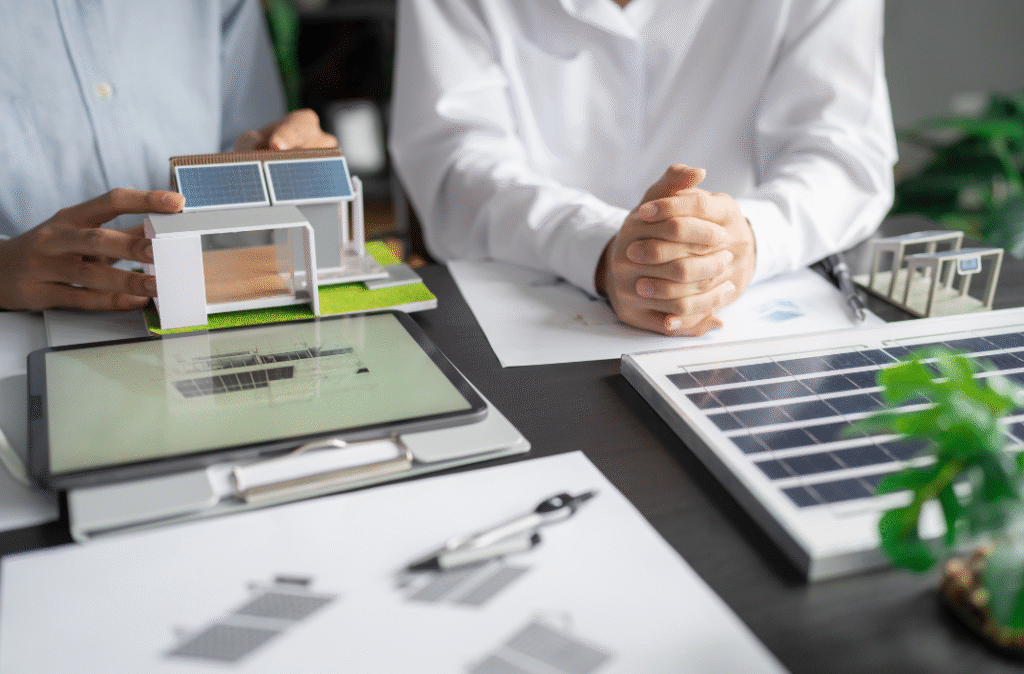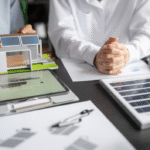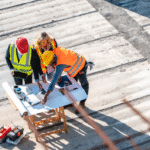In a world increasingly aware of its environmental impact, the construction industry is evolving toward more responsible and efficient practices. Sustainability is no longer an option, but a necessity. In this article, we explore the main sustainable trends in construction that are marking the present and defining the future of the sector.
1. Eco-friendly and recycled materials
The use of sustainable materials is one of the keys to reducing environmental impact. Today, priority is given to products such as:
- Low carbon cement.
- Certified wood from sustainable forests.
- Recycled or ecological bricks.
- Natural thermal insulators such as sheep wool, cork or recycled cellulose.
These materials not only reduce the carbon footprint, but also provide energy efficiency and durability.
2. Energy efficiency in design
A growing trend is architectural design oriented towards minimize energy consumptionHow is it achieved?
- Taking advantage of natural light.
- Appropriate orientation of buildings according to the climate.
- Use of high thermal performance windows.
- Incorporation of solar panels and photovoltaic systems.
These decisions reduce the use of artificial energy and allow buildings to remain comfortable with lower consumption.
3. Modular and prefabricated construction
Modular construction allows components to be manufactured in a controlled environment and then assembled on-site. What benefits does it offer?
- Less waste generation.
- Saving time and resources.
- Greater precision and quality control.
Furthermore, this type of construction easily adapts to changing needs, which promotes the reuse of spaces.
4. Efficient water management
Sustainability also involves protecting a vital resource: water. Some common practices include:
- Rainwater harvesting systems.
- Low-consumption devices in faucets and sanitary fixtures.
- Reuse of grey water for irrigation or cleaning.
- Sustainable gardens with native vegetation.
These systems help conserve water and reduce operating costs in the long term.
5. Green certifications and international standards
More and more projects are seeking certifications such as:
- LEED (Leadership in Energy & Environmental Design)
- BREEAM (Building Research Establishment Environmental Assessment Method)
- EDGE (Excellence in Design for Greater Efficiencies)
These certifications guarantee that a building meets rigorous, internationally recognized sustainability criteria.
6. Technology for smarter construction
Digitalization also drives sustainability. Tools such as BIM (Building Information Modeling) They allow you to plan and simulate each stage of the project, optimizing resources and avoiding costly errors. Furthermore, home automation allows you to efficiently manage energy use, lighting, ventilation, and security in completed buildings.
Building today with an eye to the future
Applying these trends not only benefits the planet, but also owners, users, and communities. Sustainable construction:
- It has lower operating costs.
- It increases its value in the market.
- It offers a higher quality of life to those who live there.
At CONSTRUGOVA SRL, we believe in a better future
As a company committed to excellence and innovation, in CONSTRUGOVA SRL We adopt sustainable practices at every stage of your project, from design to execution. If you want to build responsibly and with a vision for the future, contact us today.
📩 info@construgova.com
📞 829-660-9009





